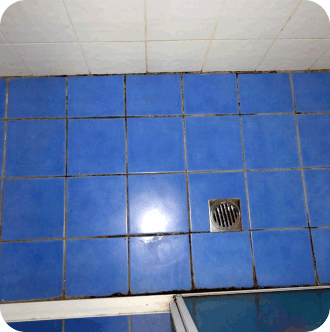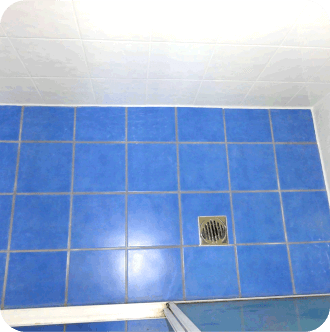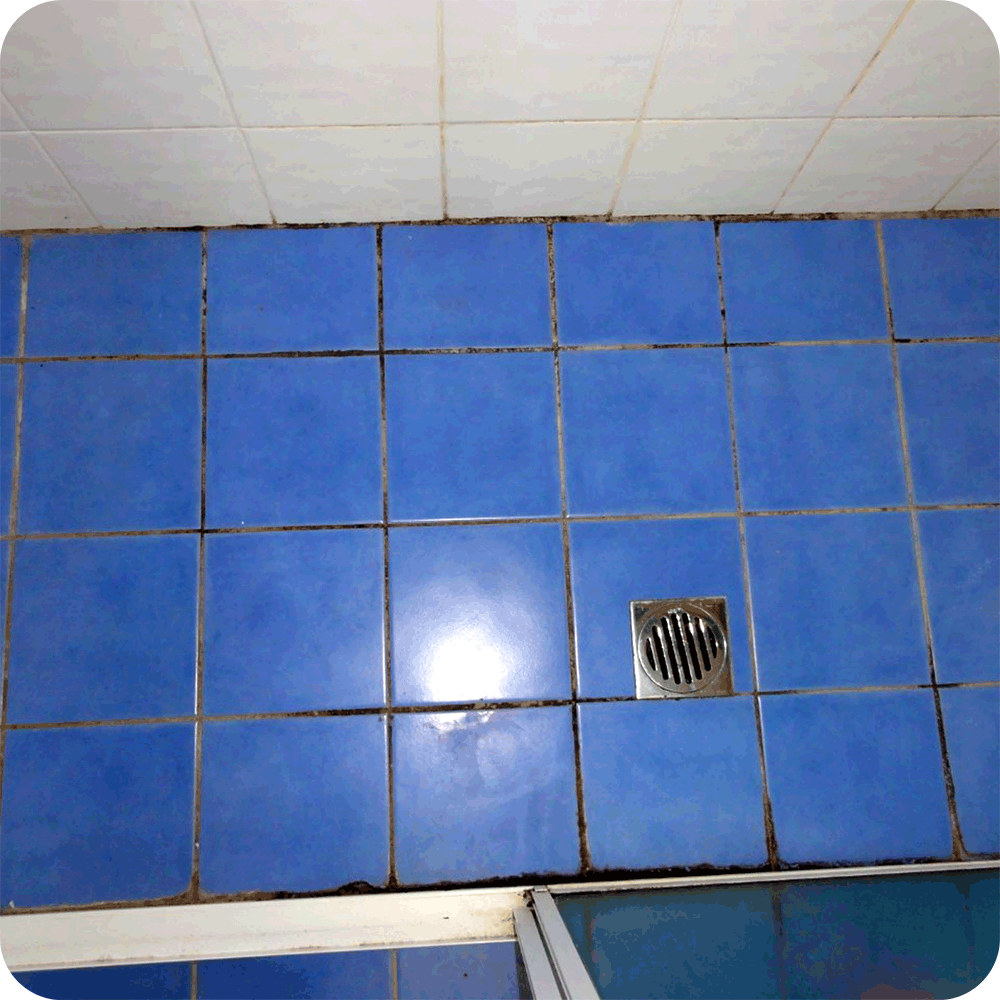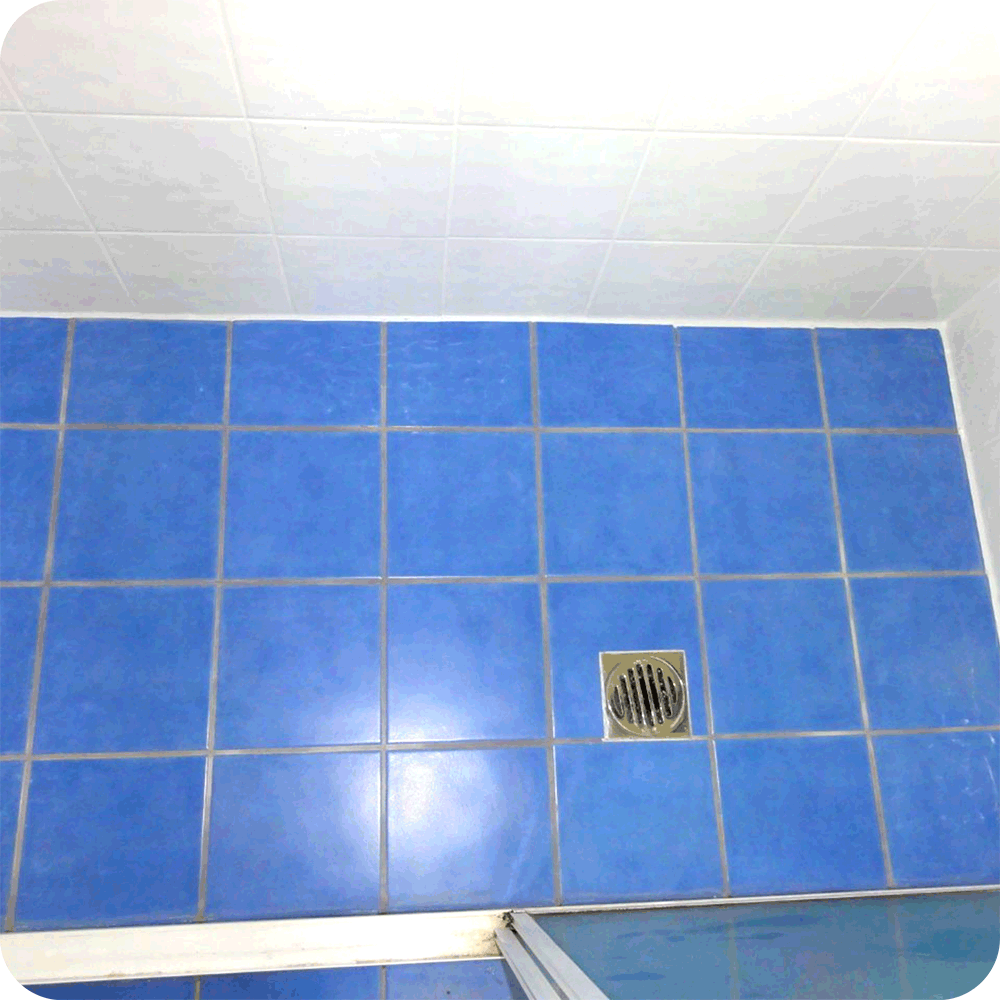Cracked grouts in the shower are inevitable due to different factors, including humidity, temperature and foundation settling. However, most people do not change their grouts until it’s too late. An old and damaged grout will not only affect the aesthetic appeal of your tiles, it can also jeopardise the structural integrity of your home.
What to do?
Regrout your shower tiles at the first sign of damage. The longer you wait, the bigger the damage will be on your floor and walls. Conduct regular visual tests to see if your bathroom needs regrouting. Here are a few signs to watch out for:
- There’s already a mould build-up
- Your grout has lost its smoothness
- It crumbles even under moderate pressure
When it comes to the type of grout, you should know that Epoxy remains king because it’s waterproof, stain and chemical-resistant, low maintenance, and doesn’t require sealing.
Meanwhile, here are a few things to consider when regrouting tile floors.
Know the Area to Regrout
Understanding the area that needs regrouting can also help you plan properly. A simple calculation is this: for a 16-square-foot area, you must allot two hours to remove the grout and an hour to apply a new one. Also, remember that smaller tiles means more work as you need to remove more grout lines. No wonder using larger-sized tiles is now a growing trend.
It’s Going to Get Dirty
Regrouting tile floors can be messy and downright dirty. We recommend using plastic sheeting around the work area to control the dust. Don’t forget to vacuum the debris to evenly fill the surface with fresh grout. Lastly, wear a dust mask as protection. These little things matter. You should know that chronic lung and respiratory illnesses affect 31% of Australians.
Gently Sponge the Tiles and Joints
When done filling the grout lines, use a damped sponge. Remember not to use too much water as it can pull the grout out. Stroke it gently across the surface and avoid pressing it too hard. Change the water once it becomes dirty.
Observe for Crack Grout in Shower
When a grout cracks within less than a month after installation, it could mean that the grout is shrinking. This is not a good sign and the entire process must be re-done. Unfortunately, this is quite common in Australian households. In fact, 10% of our business comes from fixing up bad shower repairs.
Please note: A research found that 1 in 3 Australians watch DIY tutorials to carry out home repairs. Whilst it’s not entirely bad to be a handyman, grouting is a skill for professionals. Even the smallest mistakes can lead to costly and severe damages not just to your bathroom, but to your entire home.
Remember, grouts that are not installed properly are susceptible to cracks and moisture, which can be breeding ground for mould and mildew. Whilst commonly regarded as harmless, mould can compromise other people’s health. Don’t let that happen by hiring experts.













